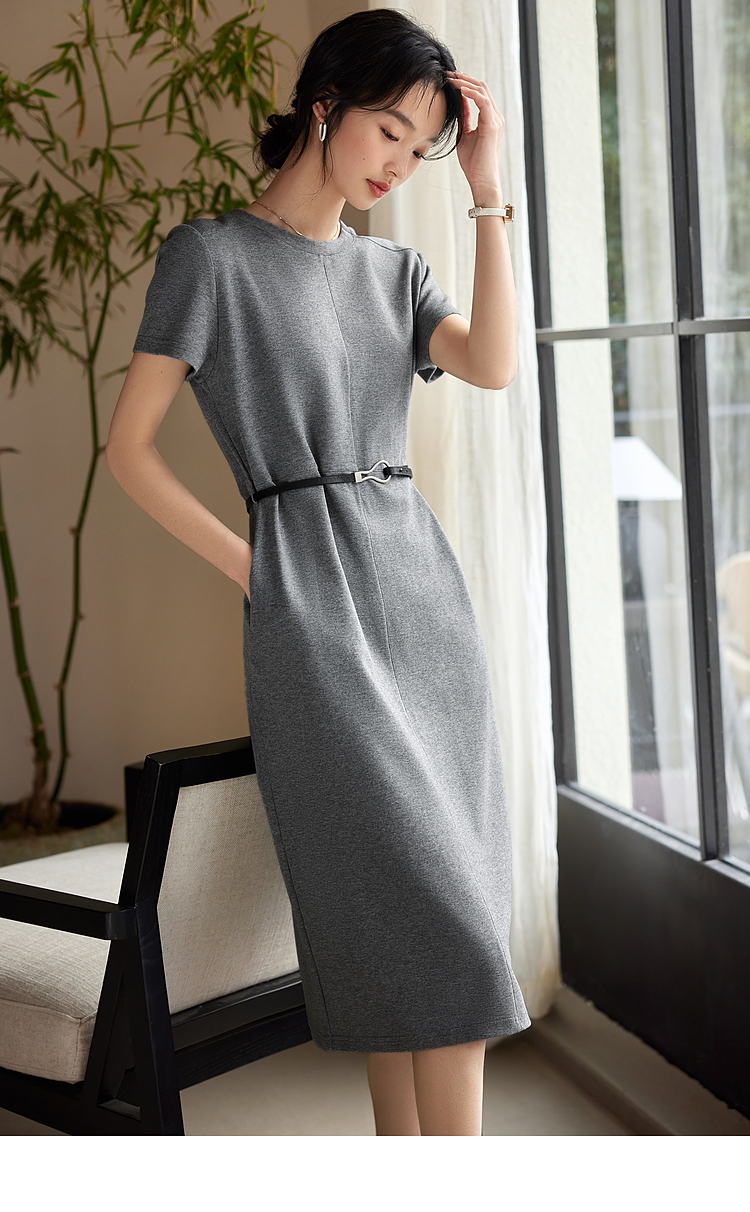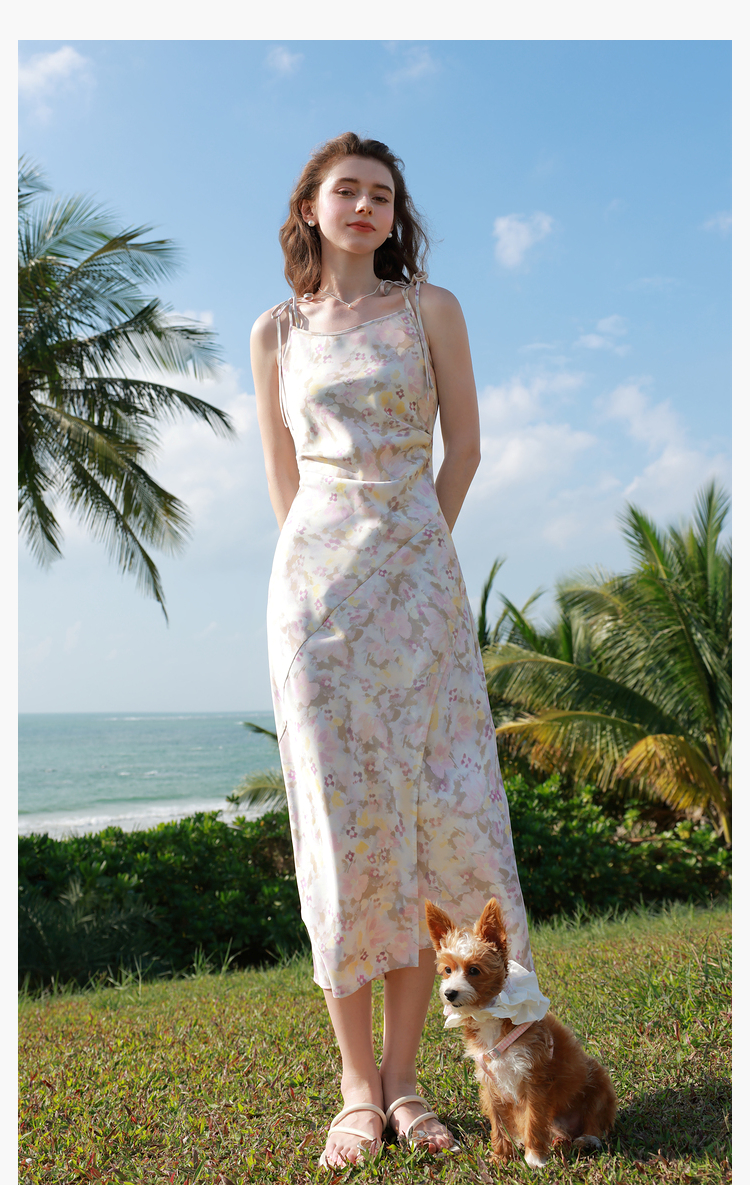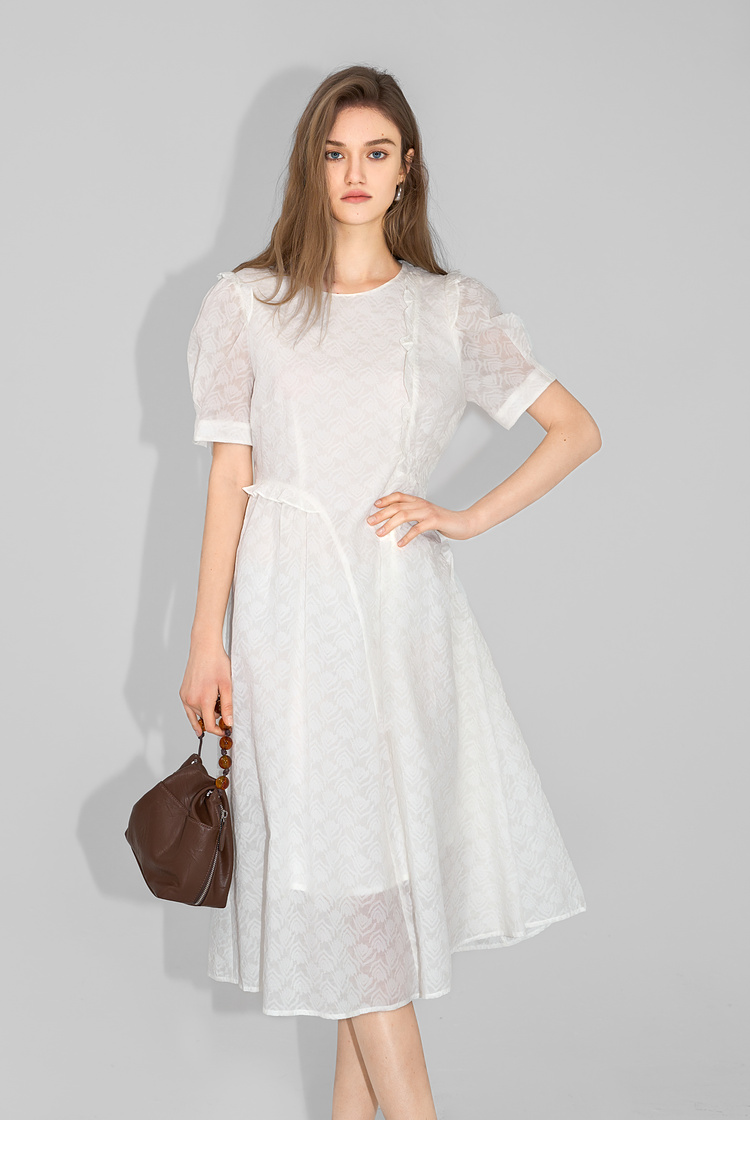An In-Depth Look at the Chinese Hanfu Pattern and Its Modern Revival
The chinese hanfu pattern is more than a mere attire; it is a tapestry of history, culture, and artistry woven into the fabric of ancient China. With its roots stretching back over three millennia, the Hanfu has been a symbol of the Han Chinese civilization, reflecting the social structure, philosophy, and aesthetics of the era. As we delve into the intricacies of the Hanfu pattern, we uncover a rich narrative that has been intricately preserved and is now experiencing a remarkable revival in contemporary society.
The Hanfu pattern, characterized by its flowing lines and symmetrical designs, is a testament to the ancient Chinese pursuit of harmony and balance. Each fold and seam carries a meaning, each color a symbol, and each motif a story. The patterns often include elements from nature, such as clouds, dragons, and phoenixes, which are believed to embody auspicious qualities and divine protection. The complexity and beauty of these patterns are a reflection of the meticulous craftsmanship and the profound understanding of the cosmos that ancient Chinese artisans possessed.
The Historical Significance of Hanfu
Historically, the Hanfu was not just a garment; it was a marker of social status and a canvas for displaying one’s rank within the hierarchical structure of ancient China. The colors, materials, and patterns used were strictly regulated by the imperial court, with yellow being reserved for the emperor and his immediate family. The Hanfu’s intricate designs and the regulations surrounding its use provide a unique window into the social and political fabric of ancient Chinese society.
Modern Revival of the Hanfu Pattern
In recent years, there has been a resurgence of interest in traditional Chinese culture, and with it, the Hanfu pattern has made a comeback. This revival is not merely a nostalgic throwback but a celebration of cultural heritage and identity. Young people, in particular, are embracing the Hanfu as a form of self-expression and a means to connect with their roots. Social media platforms have played a significant role in this revival, with influencers showcasing the beauty and elegance of the Hanfu, inspiring a new generation to appreciate and adopt this ancient attire.
“The Hanfu is more than a fashion statement; it’s a way of life that connects us to our past and shapes our future,” says Zhang Li, a renowned cultural commentator and advocate for the revival of traditional Chinese dress.
Cultural Relevance and Global Impact
The modern revival of the chinese hanfu pattern is not confined to China; it has gained global attention as well. The Hanfu has become a symbol of cultural pride and a medium for cultural exchange. International fashion weeks have seen designers integrating Hanfu elements into their collections, showcasing the timeless elegance and versatility of this ancient pattern to a worldwide audience.
The Hanfu’s resurgence is also a reflection of a broader trend towards cultural diversity and the reclamation of traditional practices in the face of globalization. It serves as a reminder that while the world becomes increasingly interconnected, the preservation and celebration of one’s cultural heritage remain vital.
Preservation and Innovation
The revival of the Hanfu pattern is not without its challenges. There is a delicate balance to be struck between preserving the traditional craftsmanship and adapting the Hanfu to modern tastes and lifestyles. This has led to a vibrant community of designers and artisans who are dedicated to innovating while respecting the essence of the Hanfu.
“Innovation is the lifeblood of culture,” notes Liu Yang, a leading Hanfu designer. “We must respect the past, but we must also embrace the present and look towards the future. The Hanfu pattern can evolve without losing its soul.”
Conclusion
The chinese hanfu pattern is a living, breathing testament to the enduring legacy of Chinese civilization. Its modern revival is a story of cultural resilience and a beacon of hope for the preservation of cultural heritage in an ever-globalizing world. As we continue to explore and appreciate the beauty and depth of the Hanfu, we are not just witnessing a fashion trend; we are part of a cultural movement that is redefining what it means to be connected to one’s roots in the 21st century.







I’m a middle-aged businessman, and I never thought I’d be interested in traditional Chinese clothing. But the modern revival of the Hanfu pattern has changed my mind. It’s a beautiful blend of the old and the new, and it’s something I can appreciate on a personal and professional level.
I’m a young Chinese student, and I love how the Hanfu has become a form of self-expression for my generation. It’s not just about nostalgia; it’s about embracing our roots and showing the world who we are. Social media has played a huge role in this revival, and I’m proud to be a part of it.
I’m a middle-aged businessman, and I never thought I’d be interested in traditional Chinese clothing. But the modern revival of the Hanfu pattern has changed my mind. It’s a beautiful blend of the old and the new, and it’s something I can appreciate on a personal and professional level.
As a mother of two, I’m thrilled to see the Hanfu pattern making a comeback. It’s a beautiful way to teach my children about our cultural heritage. The fact that it’s gaining global attention is even more exciting. It’s a reminder that our traditions are valuable and worth preserving.
As a fashion critic, I have to say that the Hanfu pattern is one of the most elegant and timeless designs I’ve ever seen. The flowing lines and symmetrical designs are a testament to the ancient Chinese pursuit of harmony and balance. It’s a pattern that never goes out of style.
As a retiree, I appreciate the historical significance of the Hanfu pattern. It’s a beautiful reminder of the past, and it’s wonderful to see it making a comeback. The fact that it’s gaining global attention is even more exciting. It’s a testament to the enduring legacy of Chinese civilization.